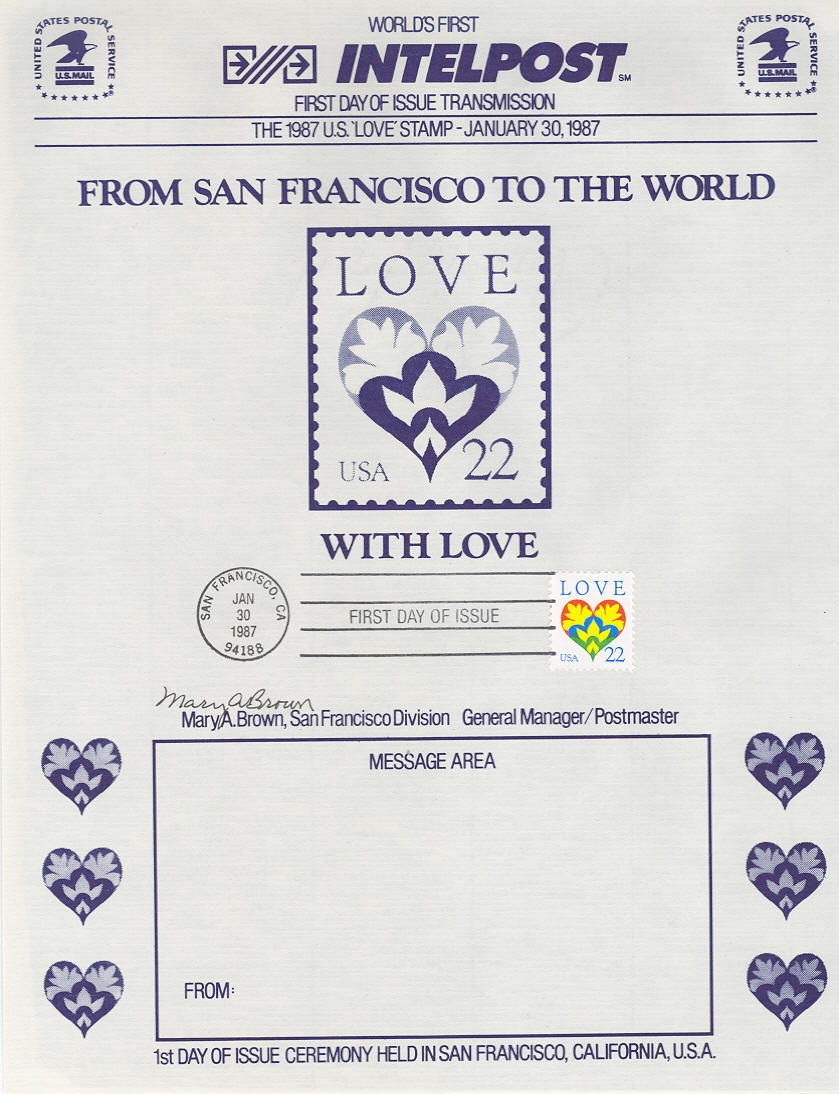(Click
image for 300dpi scan)
| INTELPOST........
What the heck is that? |
| Stampsjoann (click here) |
|
(Click
image for 300dpi scan)
|
|
(Click
image for 300dpi scan)
|
|
(Click
image for 300dpi scan)
|
|
(Click
image for 300dpi scan)
|
|
(Click
image for 300dpi scan
|
 |
|
(Click
image for 300dpi scan)
|
|
(Click
image for 300dpi scan)
|
|
(Click
image for 300dpi scan)
|
|
(Click
image for 300dpi scan)
|
|
(Click
image for 300dpi scan)
|
|
(Click
image for 300dpi scan)
|
|
(Click
image for 300dpi scan)
|
|
(Click
image for 300dpi scan)
|
|
(Click
image for 300dpi scan)
|
|
(Click
image for 300dpi scan)
|
|
(Click
image for 300dpi scan)
|
| Stampsjoann (click here) |